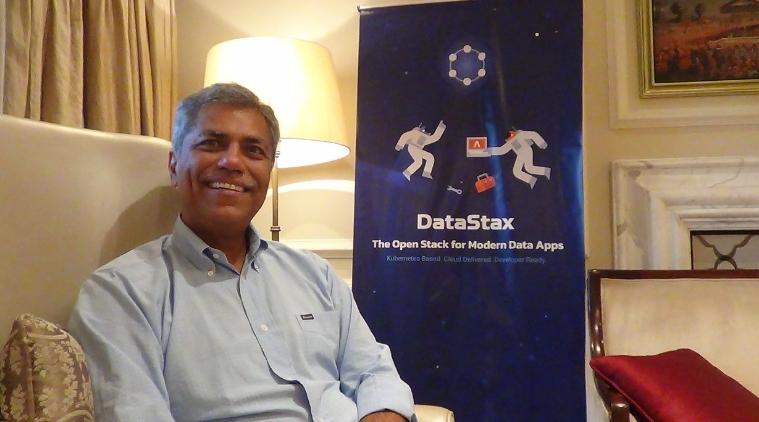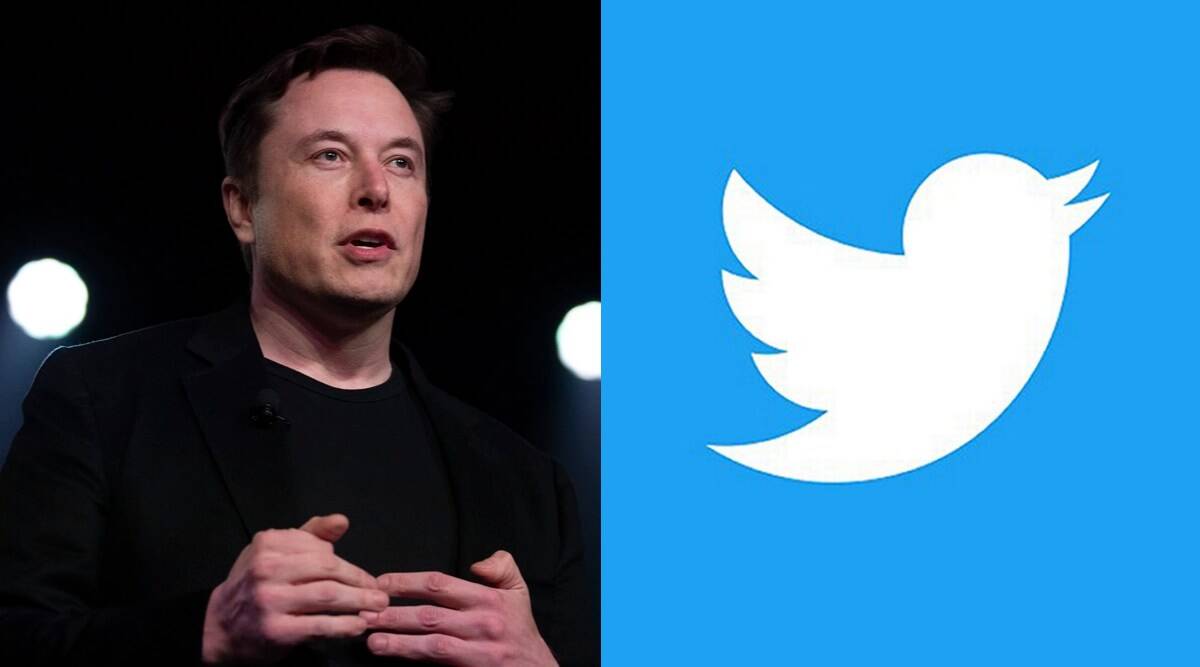Web3 is being lauded as the ‘next big thing’, the next step in the evolution of the internet, expected to be more democratised and decentralised, harnessed by the power of blockchain technology. “For that, however, a number of things need to happen, such as interoperability between chains, higher security, and more. However, one crucial component that Web 3.0 cannot happen without is real-time data,” said Chet Kapoor, Chairman and CEO of DataStax. Kapoor has more than 20 years of leadership experience at innovative software and cloud companies, including Google, IBM, BEA Systems, WebMethods, and NeXT.
According to Kapoor, it’s all about the demand. “People want more control over how their data is being stored, utilised”. But, for Web3 to take off, it needs a “killer app” and the app has to be something that drives everything. “What really made Android take off? It wasn’t only a good operating system, but turn-by-turn directions on Google Maps. It was unique and only available on Android. I don’t think people have found something unique on Web3 yet,” Kapoor notes.
He believes India could be the country to make this happen for the simple reason that the country has a ton of talent along with a massive population. “…Every product company in the world struggles with a couple of major problems: Do you have enough engineers, and do you have enough users? And companies in India don’t have either of these problems. India may have been behind in other places, but it has a chance to leapfrog others on things like Web3.”
 Chet Kapoor, Chairman and CEO of DataStax. (Express Photo/ Mehab Qureshi)
Chet Kapoor, Chairman and CEO of DataStax. (Express Photo/ Mehab Qureshi)
It is worth noting that the blockchain space, in the current scenario, remains scattered. Blockchain is promising and is believed to power the ‘internet of the future’, but lacks certain aspects that will connect it more thoroughly and turn it into Web 3.0. The blockchain space is usually compared to the internet of the 90s. But, the truth is it already had aspects such as security, decentralisation, immutability, financialisation features, and more. However, it still lacks the main component — the real-time data – that will allow it to go big, similarly to how Web 2.0 (the modern-day internet) exploded. This issue is well-known, and some are working towards solving it.
DataStax is making the Ethereum blockchain available as a service to users. Developers can use an open API, file any queries they want—and simply have access to real-time data. The company has uploaded the entire Ethereum blockchain into a database.
Some organisations are even building global payment settlement networks that are based on blockchain but maintaining systems of engagement (dashboards, insights, recommendations) outside of the blockchain. The big question is where you need real-time data and how blockchain can help.
Banks are already starting to do reconciliations with blockchain technology. “Whenever a transaction happens in a bank, or there is a transaction that happens in another bank, there’s a lot of processing that needs to happen to make sure that it is reconciled. And that can happen on a blockchain because it’s transparent. And it’s logged once. You may not see blockchain being deployed in the front office of banks, but it is starting to make its way to the back office,” he said.
One of the biggest driving factors of Web3 is the metaverse. Both technologies support each other perfectly. Kapoor who worked with Steve Jobs at NeXT has an interesting analogy, comparing the growth of iPhones with the Metaverse. He said that Angry Birds and Zynga were the first gaming apps that came out on the iPhone. “These apps showed people how to interact with the device, but they were not significantly game-changing rich applications. People just were not interested,” he said, adding that “this is the stage where Metaverse today is. The version 2.0 apps on Metaverse are going to get super interesting.”
Right now, your apps don’t work on your phone seamlessly without you. You have to interact, but the Metaverse will open an opportunity to make that happen without you being in the middle of it. It is early innings or early overs in India.
!function(f,b,e,v,n,t,s)
{if(f.fbq)return;n=f.fbq=function(){n.callMethod?
n.callMethod.apply(n,arguments):n.queue.push(arguments)};
if(!f._fbq)f._fbq=n;n.push=n;n.loaded=!0;n.version=’2.0′;
n.queue=[];t=b.createElement(e);t.async=!0;
t.src=v;s=b.getElementsByTagName(e)[0];
s.parentNode.insertBefore(t,s)}(window, document,’script’,
‘https://connect.facebook.net/en_US/fbevents.js’);
fbq(‘init’, ‘444470064056909’);
fbq(‘track’, ‘PageView’);








